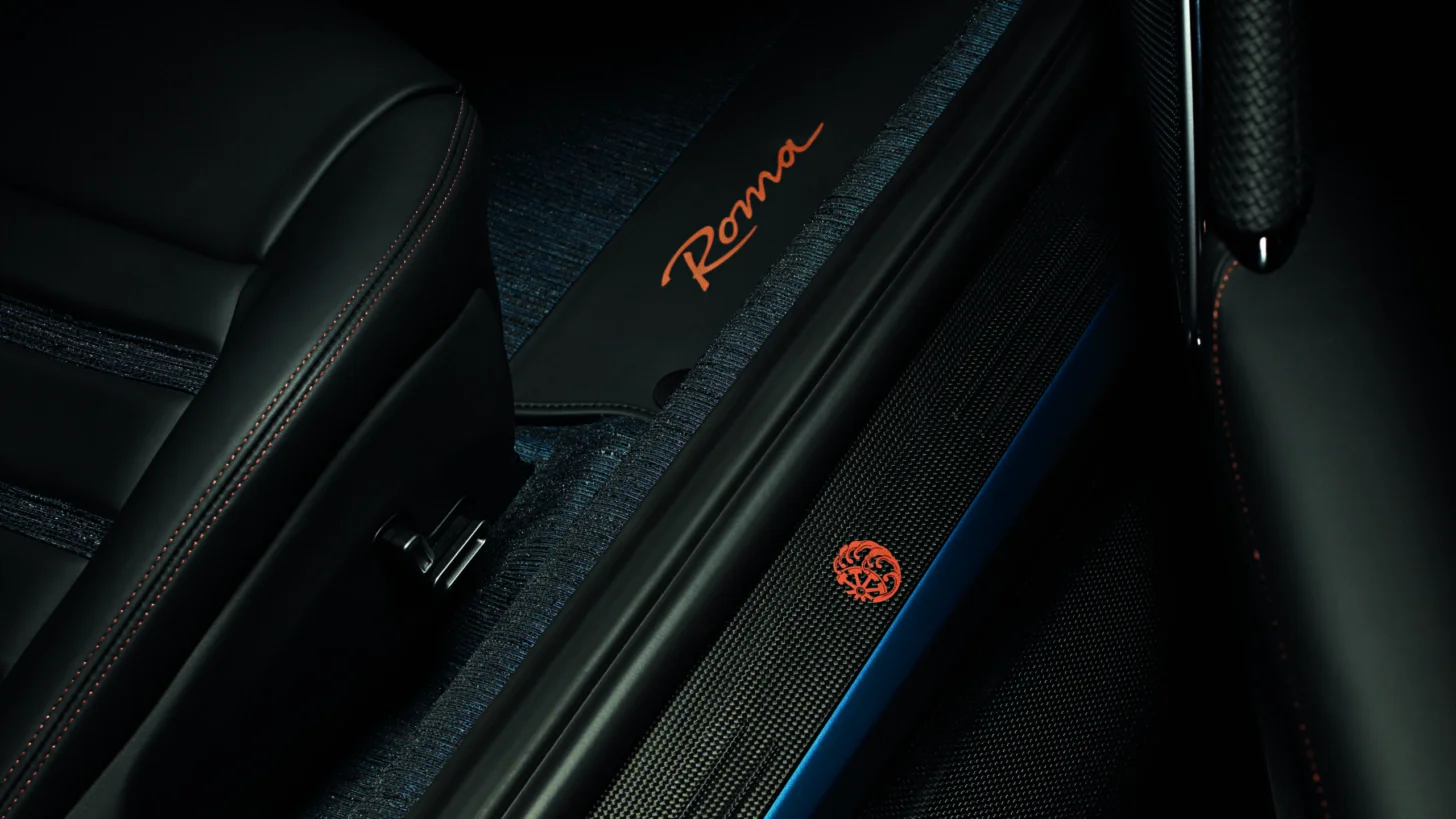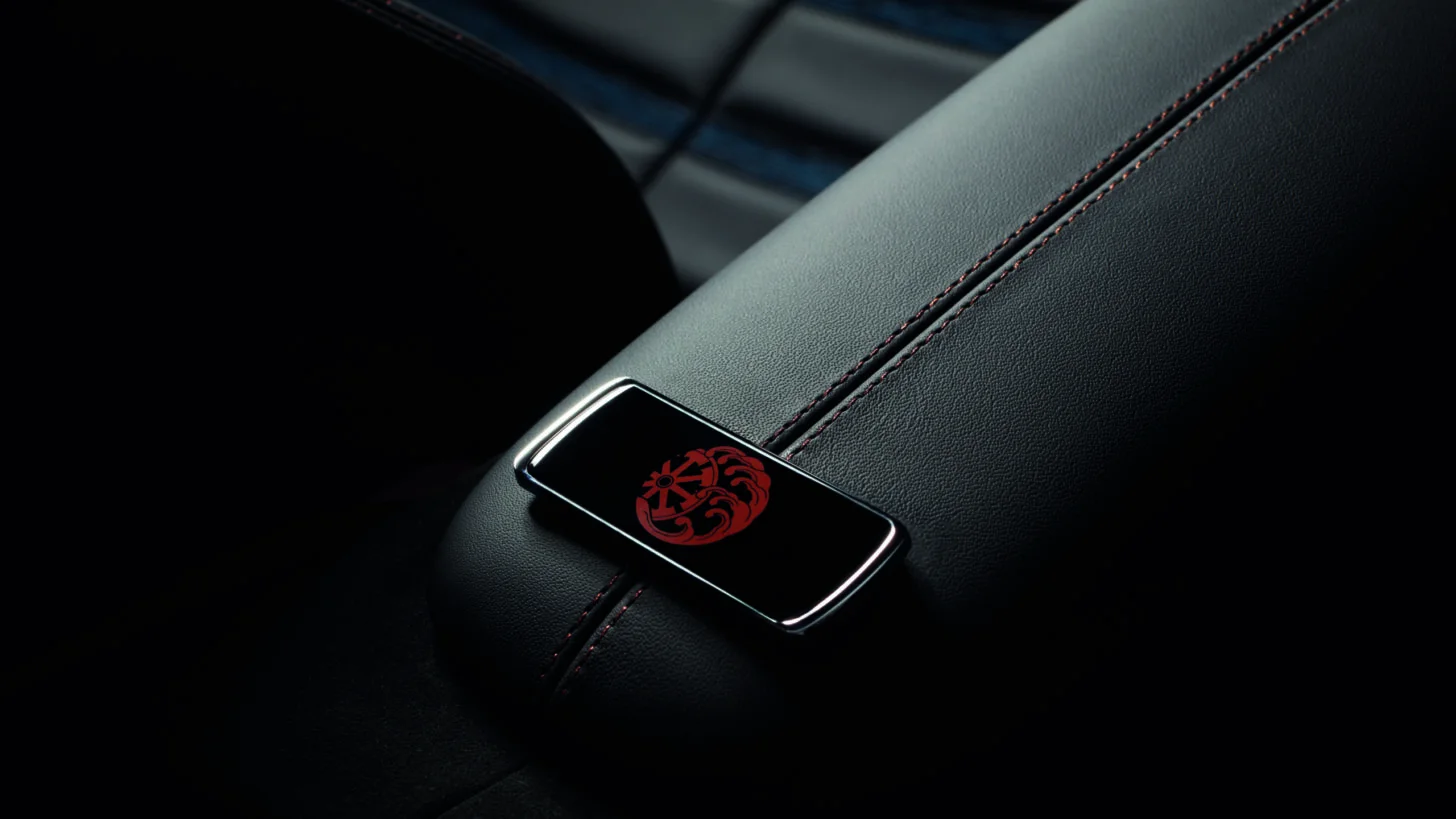Ferrari unveiled a unique version of the Roma supercar
Ferrari has unveiled the one-of-a-kind Roma created by the bespoke department. The car features exquisite Japanese-inspired details while retaining the clean and sophisticated elegance of the original sports car.

Exclusive Ferrari Roma. Ferrari Photos
The history of this car began when Evan Orensten and Josh Rubin, founders of the independent US publication COOL HUNTING, were given the opportunity to personalize the Ferrari Roma to see how far Ferrari’s personalization program could go and really push the boundaries.



They met with Ferrari chief designer Flavio Manzoni at the Ferrari Tailor Made showroom in New York. Having immersed themselves in the traditional craft industries of Japan, where they recently made several research trips, Evan and Josh suggested incorporating some local ideas and unique materials into the Tailor Made process.
Flavio Manzoni and his team were inspired by the parallels between Italian and Japanese culture and design philosophy: devotion to quality, emotional involvement of the customer and exquisite craftsmanship that has been passed down from generation to generation.
The idea was to build a Ferrari using some unique materials developed with traditional Japanese technology using traditional Ferrari innovations and modify them to meet the durability and functionality requirements of a modern and powerful car.
Traditional Japanese indigo paint inspired the Roma’s color scheme, in particular the metallic indigo bright blue exterior paint developed specifically for the car.

In order to link the exterior and interior of the car into one elegant whole, the same color palette is used. The indigo hue is also present in the sakiori fabric used for the upholstery of the seats and for the floor mats.
Sakiori is one of the world’s oldest examples of recycling dating back to the 1700s when cotton and silk were only available to the Japanese nobility and the very wealthy. Worn-out kimonos were ripped open, cut into strips and re-woven with new fibers, creating a material that was both warm, comfortable and durable. The name comes from the Japanese words saku (tear) and oru (weave).
An innovative solution has been found to make sakiori a viable material. For this, two ancient kimonos were used, originally made on the island of Amami Oshima in the south of the Japanese archipelago. One indigo-dyed kimono, approximately 75 years old, and the other, approximately 45 years old, dyed both indigo and the island’s famous amami-oshima-tsumugi clay paint. Instead of the traditional kimono weaving of cotton or silk, the material was woven from high-strength nylon, providing the durability needed for use inside a car. This new fabric was created in the same place as Hajime Shoji materials.


The indigo theme can be seen in the elaborate headlining of the Roma cabin, a result of craftsmanship and design that can be admired by those in the car. It consists of two indigo-dyed leather pieces made by Kyoto’s Roektsu company – one in a unique solid color to match the color scheme of the car, the other hand-painted using the Roketsu method that originated in the 8th century. It is a dyeing method using wax to create intricate, repeating patterns around a single color that was commonly used to decorate silk or cotton kimono and obi. The leather pieces were then shipped to Italy, where they were cut into strips and woven by hand by Italian artisans using a technique called intreccio, resulting in a one-of-a-kind, magnificent work of art.
The Roma’s interior door handles are also inspired by Japan, wrapped in tight hand-stitched black leather strips in homage to tsukami, the ancient art of wrapping katana sword hilts.
The COOL HUNTING team was inspired by a visit to Kaikado, a family business in Kyoto known for its iconic copper tea pots. Made by the fifth and sixth generation of the family, the teapots are so intricately crafted that when the lid is gently lowered onto the body, a vacuum seal is created. Copper acquires a unique natural patina when used. The copper plating inspired by this can be found in detail on the Roma shift lever trim and on the controls, applied in Japan. The contour of the double cabin, rims and camon are also made in this color.

The unique crest on the vehicle’s nameplate on the center armrest and on the door spars is a custom-made “kamon”, a symbol passed down from generation to generation in Japan. Designed by Kyogen, it features an oxcart wheel (a popular transport of Heian era aristocrats, 794-1185) combined with eight pistons of a Roma V8 engine forming spokes. The theme of numbers continues in the eight crests of waves that surround the wheel, considered a symbol of good luck, strength and resilience.
Refined, thought out to the smallest detail, the Ferrari Roma harmoniously combines Italian and Japanese design culture. This is a perfect example of the unlimited combinations and possibilities available through the Ferrari Tailor Made program.
The Ferrari Roma features exquisite proportions and timeless design combined with unrivaled performance and handling. The Ferrari Roma is not only an icon of Italian design, but also represents the pinnacle of performance in its category thanks to its 620 hp turbocharged V8 engine, which has won the International Engine of the Year award for four consecutive years.
A custom-built Ferrari Roma for COOL HUNTING will be on display at the Ferrari Tailor Made Showroom during NYC x Design, marking the place where this incredible collaboration began, bringing together diverse cultures and creatives in a unique way. forces from all over the world.
